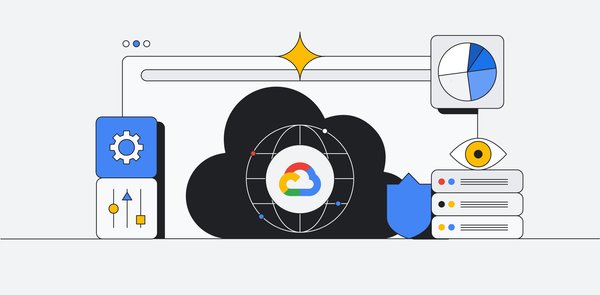The content in this blog post was originally published last week as a members-only email to the Google Cloud Innovators community. To get this content directly in your inbox (not to mention lots of other benefits), sign up to be an Innovator today.
New and shiny
Three new things to know this week
Google Cloud Next ‘24 featured some headline-worthy releases. We announced many things! The most attention-grabbing announcements included Gemini for Google Cloud which brings the power of generative AI to many services, Gemini 1.5 Pro now available in public preview, new database “studio” and AI experiences for AlloyDB, Spanner, and Cloud SQL, and Vertex AI model management features such as support for grounding, system instructions, rapid evaluation, AI agent building, and prompt management.Don’t sleep on these additional announcements from Cloud Next. Those headline announcements get most of the glory, but we shared dozens of other interesting items at Next. Cloud Assist is coming soon and offers a major improvement to how you understand and troubleshoot your cloud apps. Cloud Run is getting a new application canvas and the ability to deploy to multiple regions at once. And we shared powerful new partner integrations including those with GitLab and Hugging Face.Big updates to Infrastructure Manager. Before Cloud Next started, we actually shipped a major update to our service for deploying and managing infrastructure with Terraform. You can now set up Git-based workflows, work with private Git repos, validate and enforce quota limits, and run the service in more regions around the world.
Watch this
The Developer Keynote at Cloud Next ‘24 was an opportunity to show AI in action for all kinds of developers.
Community cuts
Every week I round up some of my favorite links from builders around the Google Cloud-iverse. Want to see your blog or video in the next issue? Drop Richard a line!
Serverless is a good choice. This post from McKinsey Digital looks at the architecture and considerations for a service running atop fully-managed cloud infrastructure.A platform-as-code option for GitLab on Google Cloud. I like this work from Real Kinetic that offers up a way to automate deployment of source, CI/CD, and cloud services for developers.You don’t have to deploy all the time; just deploy when you want to. Taylor shows us how you might use Cloud Workflows to schedule your Cloud Deploy rollouts for a target time. Creative solution here!
Learn and grow
Three ways to build your cloud muscles this week
Two new Jump Start Solutions for generative AI? Sounds good! We just shipped a pair of Jump Starts that you can explore and deploy to learn about a generative AI knowledge base, and a generative AI RAG-style solution.Always blame DNS, but understand it too. You’ve got some choices to make with regards to DNS and Google Kubernetes Engine, and this post does a good job explaining your options.The Google Cloud AI Hypercomputer stands out. Our layered approach of advanced hardware, optimized block storage infrastructure, and performance-tailored open software means we can deliver a new paradigm of powerful and flexible AI solutions. Read Mark’s post to learn about our latest advances here.Gimme some AI assistance in my database. On April 24th and 25th, attend this online session about “Integrating Gemini with your Database for Advanced Analytics.” Learn by watching! Register here.
One more thing
We shipped a million things at Next. Ok, only 218. That’s still a lot. Get a run down of everything we talked about at this tentpole event.
Become an Innovator to stay up-to-date on the latest news, product updates, events, and learning opportunities with Google Cloud.
Cloud BlogRead More


